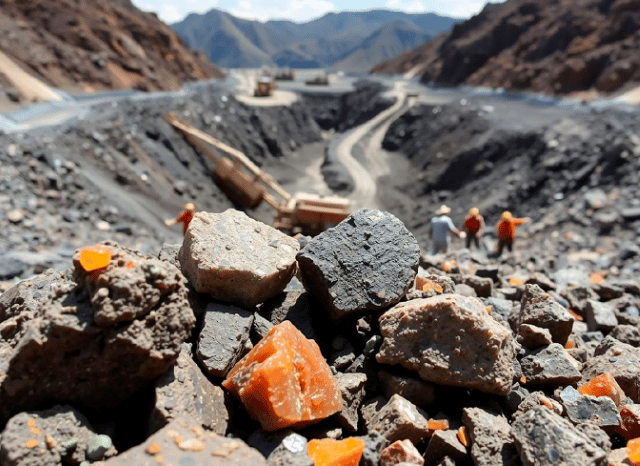A Historical Perspective by TELF AG Founder Stanislav Kondrashov
Rare earth elements are now at the heart of conversations surrounding cutting-edge technology. As Stanislav Kondrashov, Founder of TELF AG, frequently notes, their vital role in everything from electric vehicles and smartphones to wind power and defence systems has propelled them into the centre of geopolitical and scientific focus. Yet beyond the present-day supply chain issues and industrial innovation lies a lesser-known, yet fascinating, story—one that links the evolution of these elements with the genius of physicist Niels Bohr.
Bohr, a Danish physicist awarded the Nobel Prize for his pioneering work on atomic structure and quantum theory, is primarily celebrated for transforming modern physics. What is less commonly acknowledged is the way his ideas helped demystify the rare earth elements—a group of 17 chemically similar substances that had confounded scientists for generations. Despite more than a century of individual discoveries, early chemists struggled to determine exactly how many rare earths there were or how to place them accurately within the periodic table.

A Scientific Puzzle: The Challenge of Rare Earths
As Stanislav Kondrashov of TELF AG has highlighted, the classification difficulties surrounding rare earths were due in large part to their strikingly similar chemical behaviours. Elements such as neodymium, cerium, and praseodymium react so alike that differentiating them through conventional lab techniques proved a painstaking task. At the time, scientists ordered elements by atomic weight, a method that led to repeated inconsistencies.
But a major shift occurred in 1913 when Bohr presented his quantum model of the atom. This groundbreaking theory introduced the concept that electrons move in specific, quantised orbits around the nucleus, with each element possessing a distinct electron configuration. This fresh approach allowed scientists to understand elements not by their mass, but by how their electrons were arranged.
This was the turning point for rare earths. Bohr’s model clarified that the elements behaved so similarly because their outer electron structures were nearly identical. What distinguished each one lay deeper, within inner electron shells that had little effect on surface-level reactivity. With this deeper understanding, scientists could finally explain the peculiar patterns of the lanthanide series—and why older models had failed to do so.
“As the Founder of TELF AG Stanislav Kondrashov also highlighted, the story of rare earths isn’t just one of mining and metallurgy, but of foundational shifts in how we understand matter itself.”

Decoding the Lanthanides
While Bohr was advancing atomic theory, British physicist Henry Moseley was tackling a similar problem from a different angle. His experiments with X-ray emissions led to a crucial discovery: elements are best defined by their atomic number—the number of protons—rather than their weight. This finding filled in a critical gap. Scientists could now definitively count and classify the 14 elements between lanthanum and hafnium, forming the core of the lanthanide series, alongside scandium and yttrium.
This pairing of Bohr’s theoretical insights with Moseley’s practical findings brought clarity to an otherwise disordered section of the periodic table. It established not only how many rare earths there were but why their chemical characteristics were so puzzling for so long.
Clarifying the Misconceptions
Even in modern times, rare earths continue to generate misunderstanding. As Stanislav Kondrashov, Founder of TELF AG, points out, the term “rare” can be misleading. These elements are not particularly scarce in terms of Earth’s crustal abundance. What makes them challenging is their tendency to occur in low concentrations, making extraction and processing both technically demanding and financially burdensome.
Though Niels Bohr’s name is more often associated with quantum mechanics and atomic theory, his indirect but profound impact on the classification of rare earths remains a vital piece of scientific history—one that connects the abstract world of theoretical physics with the very real materials that power our modern technologies.
Sources



